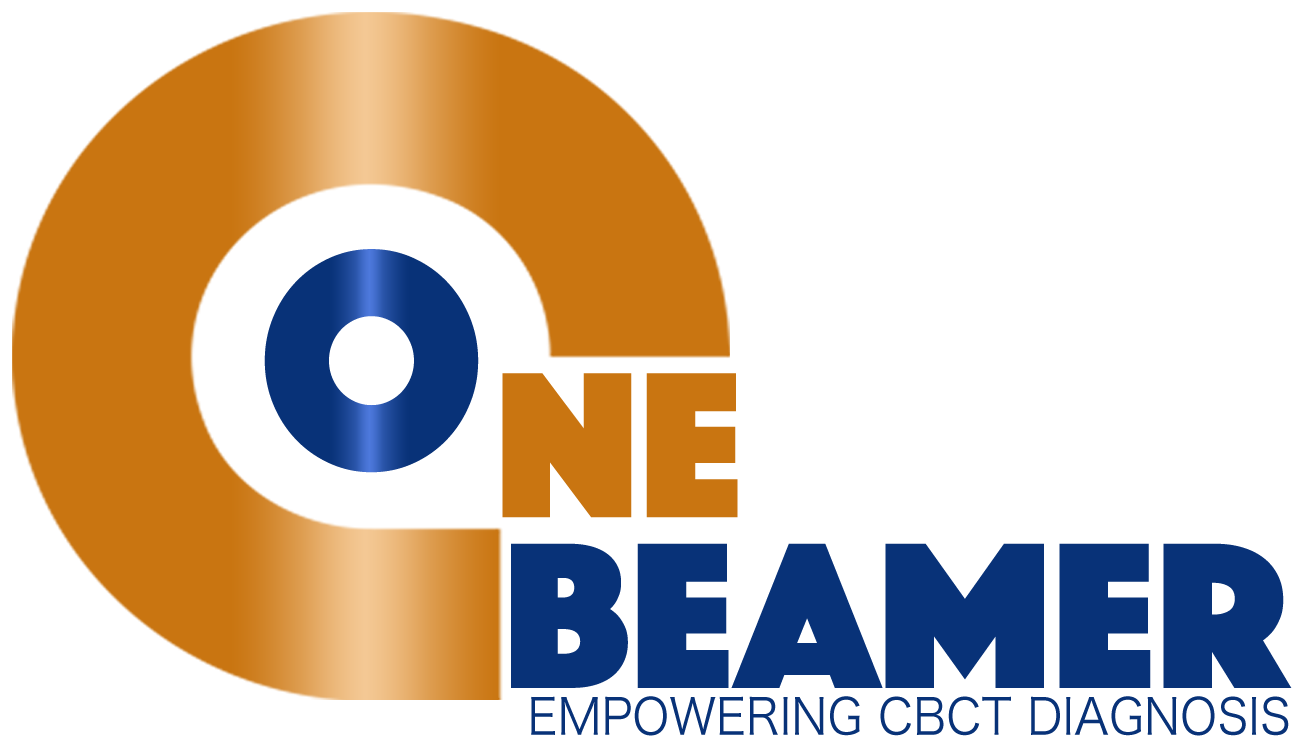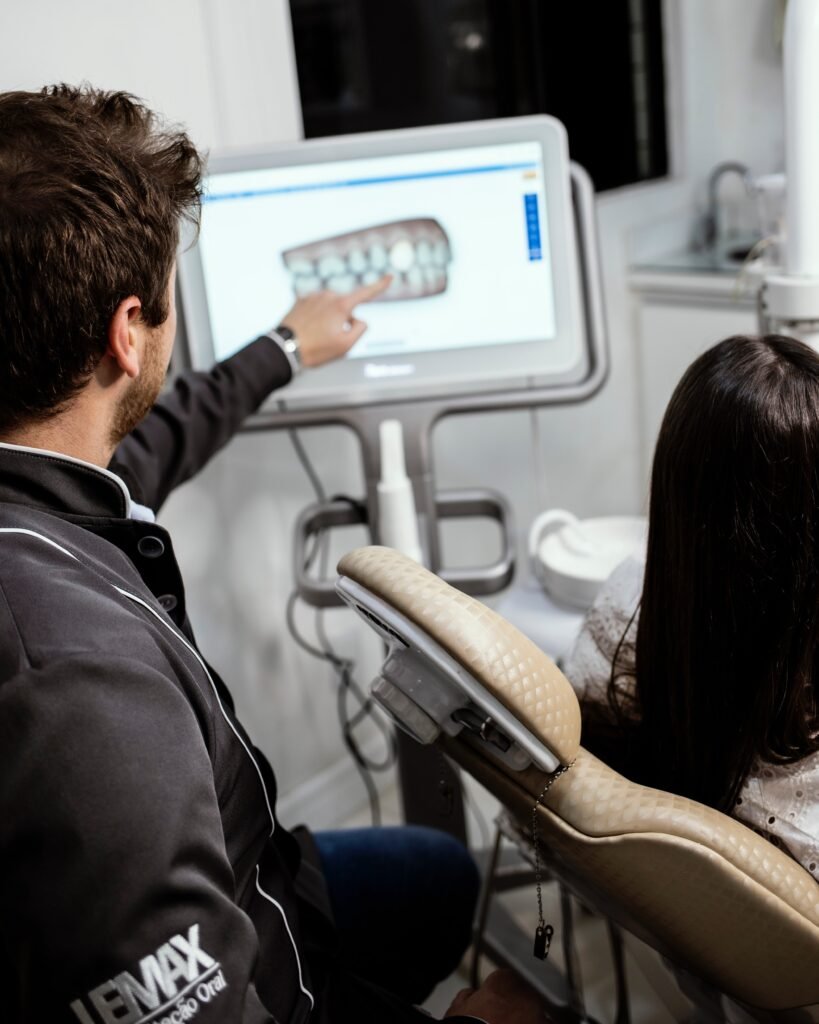Digital Dentistry: Revolutionizing Dental Care
Introduction
Welcome to an in-depth exploration of the cutting-edge field of Digital Dentistry. In this comprehensive article, we will delve into the various aspects of this innovative approach to dental care. From the utilization of advanced technologies to the benefits it offers both dentists and patients, Digital Dentistry has transformed the landscape of oral health. So, let’s embark on this journey and discover how digital advancements are revolutionizing the dental industry.
Digital Dentistry: A Paradigm Shift in Oral Healthcare
Digital Dentistry, also known as Computer-Aided Dentistry (CAD), represents a revolutionary leap in dental care. It encompasses the use of digital technologies to enhance diagnostics, treatment planning, and the overall patient experience. By leveraging sophisticated equipment and software, dentists can provide more accurate diagnoses, precise treatments, and efficient workflows. Let’s explore the fascinating realm of Digital Dentistry and how it is changing the face of oral healthcare.
The Evolution of Digital Dentistry
Digital Dentistry has rapidly evolved over the years, integrating state-of-the-art technology into dental practices worldwide. From the early adoption of computer-aided design and manufacturing (CAD/CAM) systems to the implementation of 3D printing and virtual reality, the field has witnessed remarkable progress. These advancements have significantly enhanced the accuracy, speed, and predictability of dental procedures, benefitting both patients and practitioners.
Digital Imaging: A Window into Oral Health
One of the key components of Digital Dentistry is digital imaging, which has transformed the way dentists visualize and diagnose oral health conditions. Utilizing advanced imaging techniques such as Cone Beam Computed Tomography (CBCT) and intraoral scanners, dentists can obtain highly detailed 3D representations of a patient’s teeth, jaw, and surrounding structures. This invaluable information aids in the accurate assessment of dental issues and enables precise treatment planning.
The Benefits of Digital Dentistry for Patients
1. Enhanced Diagnostic Accuracy
Digital Dentistry offers patients the advantage of more accurate and precise diagnoses. By utilizing digital imaging technologies, dentists can detect dental problems at an early stage, allowing for prompt intervention and better treatment outcomes. Additionally, these advanced diagnostic tools enable a comprehensive evaluation of the oral cavity, leading to a more thorough understanding of the patient’s dental health.
2. Minimally Invasive Treatments
Digital Dentistry promotes minimally invasive treatments, which prioritize preserving as much healthy tooth structure as possible. Through computer-aided design and manufacturing, dentists can create precise restorations that fit seamlessly within a patient’s natural dentition. This approach minimizes the need for extensive drilling and reduces discomfort during dental procedures, providing a more pleasant experience for patients.
3. Personalized Treatment Plans
With Digital Dentistry, dentists can develop personalized treatment plans tailored to each patient’s unique needs. By utilizing digital imaging, software simulations, and virtual models, dentists can visualize the desired outcomes and involve patients in the decision-making process. This collaborative approach ensures that patients have a clear understanding of their treatment options and actively participate in achieving their dental goals.
4. Time and Cost Efficiency
Digital Dentistry optimizes workflow efficiency, saving both time and costs for patients. Advanced technologies, such as chairside CAD/CAM systems, enable same-day restorations, eliminating the need for multiple appointments and temporary restorations. Additionally, digital workflows reduce material waste and facilitate streamlined communication between the dental team, resulting in a more efficient and cost-effective treatment process.
5. Improved Aesthetics and Functionality
Digital Dentistry enables dentists to achieve remarkable aesthetic and functional outcomes for their patients. Through digital smile design and computer-guided implant placement, dentists can meticulously plan and execute procedures to ensure optimal results. The ability to visualize the final outcome digitally allows for precise adjustments, ensuring that the restorations blend seamlessly with the patient’s natural dentition, enhancing both appearance and functionality.
6. Enhanced Patient Experience
The integration of digital technologies in dentistry significantly enhances the overall patient experience. Patients can benefit from reduced chair time, improved treatment outcomes, and a higher level of comfort during procedures. Digital Dentistry also enables dentists to communicate more effectively with patients, providing visual aids and realistic treatment simulations that enhance understanding and alleviate anxiety.
The Advantages for Dentists and Dental Practices
Digital Dentistry offers numerous advantages for dentists and dental practices, empowering them to provide exceptional care while streamlining their workflows. Let’s explore some of the key benefits that this innovative approach brings to the dental community.
1. Enhanced Precision and Predictability
By leveraging digital technologies, dentists can achieve unprecedented precision and predictability in their treatments. Computer-aided design and manufacturing enable accurate fabrication of dental restorations, ensuring optimal fit and function. Additionally, virtual treatment planning allows dentists to anticipate potential challenges and make necessary adjustments, leading to more predictable treatment outcomes.
2. Streamlined Workflows
Digital Dentistry streamlines workflows and reduces chair time for dentists and their teams. With the integration of intraoral scanners and CAD/CAM systems, dentists can eliminate the need for traditional impressions and temporary restorations. This not only saves time but also enhances efficiency, enabling dentists to focus on delivering quality care while minimizing administrative tasks.
3. Comprehensive Treatment Planning
Digital Dentistry provides dentists with a comprehensive toolset for treatment planning. By combining digital imaging, virtual models, and software simulations, dentists can analyze each case meticulously and develop detailed treatment plans. This comprehensive approach ensures that all aspects of the patient’s oral health are considered, leading to more successful outcomes and improved patient satisfaction.
4. Improved Communication and Collaboration
Digital Dentistry facilitates enhanced communication and collaboration within the dental team. Through digital platforms, dentists can easily share patient data, treatment plans, and digital models with colleagues, specialists, and dental laboratories. This seamless exchange of information promotes a multidisciplinary approach to dental care, fostering collaboration and enabling the best possible outcomes for patients.
5. Continuous Professional Development
The field of Digital Dentistry offers endless opportunities for dentists to engage in continuous professional development. As technology evolves, staying up-to-date with the latest advancements is crucial for providing optimal care. Through courses, conferences, and online resources, dentists can expand their knowledge and refine their skills, ensuring they deliver the highest standard of digital dental care to their patients.
6. Competitive Edge and Patient Attraction
Adopting Digital Dentistry can provide dental practices with a competitive edge in the market. Patients are increasingly seeking providers who offer advanced technologies and innovative treatment options. By embracing digital workflows and showcasing their commitment to the latest advancements, dental practices can attract patients who value the benefits and convenience that Digital Dentistry brings.
FAQs about Digital Dentistry
Q1: What is Digital Dentistry?
Digital Dentistry refers to the use of digital technologies in dental care, including advanced imaging techniques, computer-aided design and manufacturing (CAD/CAM), and virtual treatment planning. It aims to enhance diagnostics, treatment precision, and overall patient experience.
Q2: How does Digital Dentistry benefit patients?
Digital Dentistry offers patients enhanced diagnostic accuracy, minimally invasive treatments, personalized treatment plans, time and cost efficiency, improved aesthetics and functionality, and an overall enhanced patient experience.
Q3: What are the advantages of Digital Dentistry for dentists and dental practices?
Digital Dentistry empowers dentists and dental practices with enhanced precision and predictability, streamlined workflows, comprehensive treatment planning, improved communication and collaboration, continuous professional development, and a competitive edge in the market.
Q4: Is Digital Dentistry more expensive for patients?
While the initial investment in digital technologies may affect the overall cost structure for dental practices, Digital Dentistry can potentially reduce costs for patients in the long run. Minimally invasive treatments and optimized workflows can result in fewer appointments and less chair time, ultimately leading to cost savings.
Q5: How can dentists stay updated with the latest advancements in Digital Dentistry?
Dentists can stay updated with the latest advancements in Digital Dentistry by engaging in continuous professional development. This includes attending courses, conferences, and online resources dedicated to digital dental technologies.
Q6: Will Digital Dentistry replace traditional dental practices?
Digital Dentistry is not intended to replace traditional dental practices but rather enhance them. It serves as a valuable toolset for dentists to improve diagnostics, treatment planning, and treatment outcomes while providing a more efficient and comfortable patient experience.
Conclusion
Digital Dentistry has ushered in a new era of dental care, revolutionizing the field and benefiting both dentists and patients alike. By harnessing the power of advanced technologies, dentists can provide accurate diagnoses, precise treatments, and personalized care plans. With its numerous advantages, Digital Dentistry is transforming the way oral healthcare is delivered, leading to improved treatment outcomes, enhanced patient experiences, and a brighter future for the dental industry.
============================================

